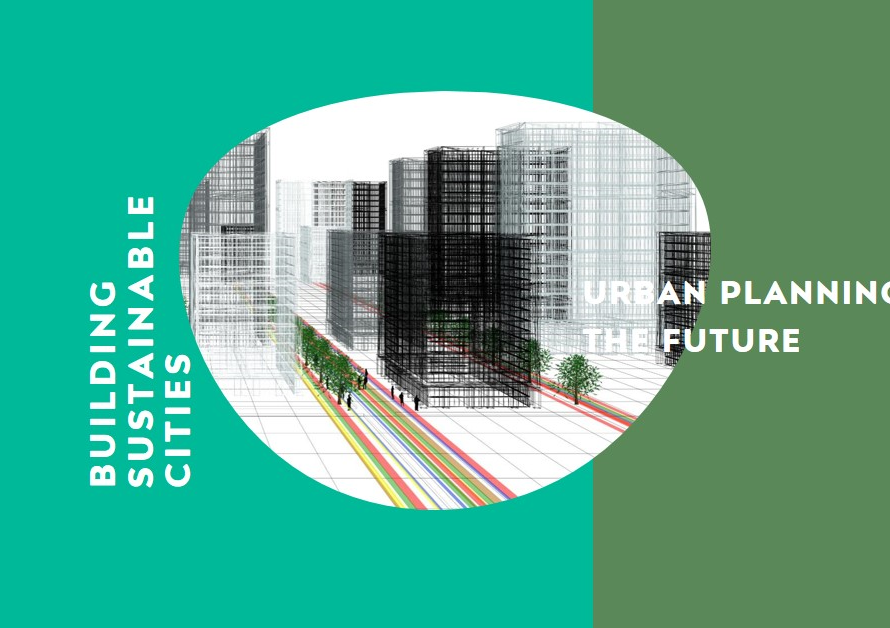
Table of Contents
- Introduction: Henderson’s Eco-Revolution
- Sustainable Architecture: Building the Future
- Green Roofs and Vertical Gardens: Nature at New Heights
- Renewable Energy Integration: Powering Henderson Sustainably
- Water Conservation Strategies: Sustaining a Precious Resource
- Transportation Innovations: Moving Towards Green Mobility
- Waste Management Solutions: Turning Waste into Resources
- Smart Technology Integration: The Future of Sustainable Living
- Community Engagement: Fostering a Culture of Sustainability
Introduction: Henderson’s Eco-Revolution
Henderson, Colorado, a burgeoning hub of innovation, has been making significant strides in environmental design. Nestled just outside Denver, this community is becoming a beacon of sustainable development, showcasing a blend of creativity, technology, and a commitment to the planet. This blog post delves into the myriad ways Henderson is leading the charge in environmental design, offering a glimpse into the future of sustainable living.
Sustainable Architecture: Building the Future
Henderson’s architectural landscape is transforming with a focus on sustainability. New constructions are incorporating green building materials, such as reclaimed wood, recycled metal, and sustainable concrete. These materials not only reduce the environmental impact but also enhance the durability and aesthetic appeal of the buildings.
Moreover, the integration of passive solar design is becoming a standard practice. Architects in Henderson are strategically positioning buildings to maximize natural light and heat, reducing the need for artificial lighting and heating. This approach significantly cuts down on energy consumption and promotes a more comfortable living environment.
Green Roofs and Vertical Gardens: Nature at New Heights
Green roofs and vertical gardens are sprouting up across Henderson, transforming urban spaces into lush, green havens. These innovations not only add aesthetic value but also provide practical benefits. Green roofs help insulate buildings, reduce stormwater runoff, and combat the urban heat island effect.
Vertical gardens, on the other hand, are revolutionizing the concept of urban farming. These gardens utilize vertical spaces on building exteriors to grow vegetables, herbs, and flowers. This not only enhances air quality but also provides fresh produce, promoting a self-sustaining urban environment.
Renewable Energy Integration: Powering Henderson Sustainably
Renewable energy is at the heart of Henderson’s environmental design initiatives. Solar panels are becoming a common sight on rooftops, harnessing the abundant Colorado sunshine to generate electricity. Additionally, wind turbines are being installed in open areas, further diversifying the city’s renewable energy portfolio.
These renewable energy systems are often complemented by innovative energy storage solutions. Advanced battery technologies allow for the storage of excess energy, ensuring a reliable power supply even when the sun isn’t shining or the wind isn’t blowing. This integration of renewable energy sources is not only reducing Henderson’s carbon footprint but also fostering energy independence.
Water Conservation Strategies: Sustaining a Precious Resource
Water conservation is a critical component of Henderson’s environmental design strategy. The city has implemented a range of measures to reduce water usage and promote sustainability. Low-flow fixtures are being installed in homes and businesses, significantly cutting down on water waste.
Rainwater harvesting systems are also gaining popularity. These systems collect and store rainwater for various uses, such as irrigation and flushing toilets. This not only reduces the demand on municipal water supplies but also helps manage stormwater runoff, mitigating the risk of flooding.


Transportation Innovations: Moving Towards Green Mobility
Henderson is revolutionizing transportation with a focus on sustainability. The city is expanding its network of bike lanes and pedestrian paths, encouraging residents to opt for eco-friendly modes of transport. Public transportation is also receiving a green makeover, with electric buses and hybrid vehicles becoming more prevalent.
Furthermore, Henderson is investing in electric vehicle (EV) infrastructure. Charging stations are being installed at strategic locations, making it convenient for EV owners to recharge their vehicles. This initiative is not only reducing greenhouse gas emissions but also promoting the adoption of clean energy vehicles.
Waste Management Solutions: Turning Waste into Resources
Innovative waste management practices are at the forefront of Henderson’s environmental design. The city has implemented comprehensive recycling programs, making it easy for residents to recycle a wide range of materials. Additionally, organic waste is being diverted from landfills and transformed into compost, which is then used to enrich local soil.
Moreover, Henderson is exploring the potential of waste-to-energy technologies. These systems convert non-recyclable waste into energy, providing a sustainable solution to waste management while generating renewable power. This approach is helping Henderson minimize landfill use and reduce its overall environmental impact.
Smart Technology Integration: The Future of Sustainable Living
Henderson is embracing smart technology to enhance sustainability. Smart home systems are becoming increasingly popular, allowing residents to monitor and control their energy usage with ease. These systems can automatically adjust lighting, heating, and cooling based on occupancy and time of day, optimizing energy efficiency.
In addition to smart homes, the city is integrating smart grid technology. This advanced electrical grid uses sensors and automation to improve the efficiency and reliability of power distribution. By optimizing energy use and reducing waste, smart grids are playing a crucial role in Henderson’s sustainability efforts.
Community Engagement: Fostering a Culture of Sustainability
Community engagement is key to Henderson’s environmental design success. The city is actively involving residents in sustainability initiatives, offering workshops, and educational programs on topics such as energy conservation, waste reduction, and sustainable living.


